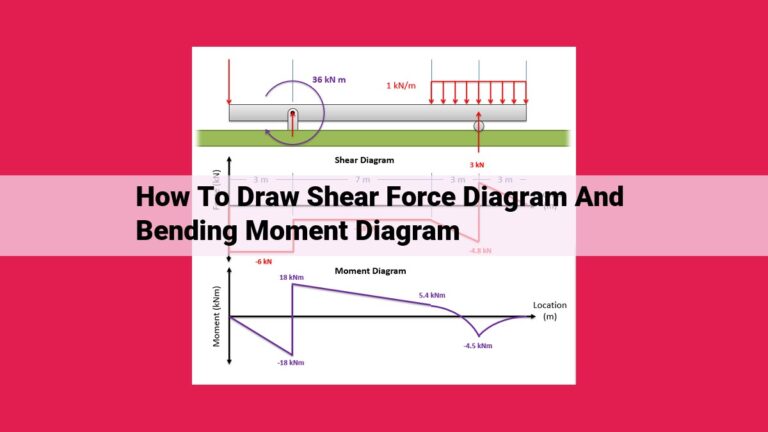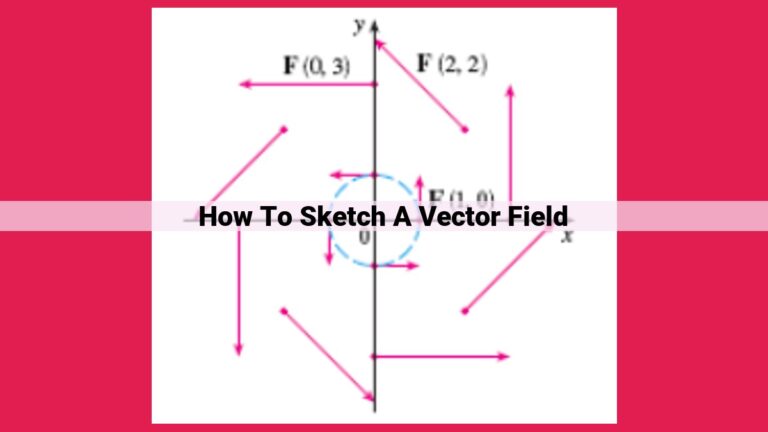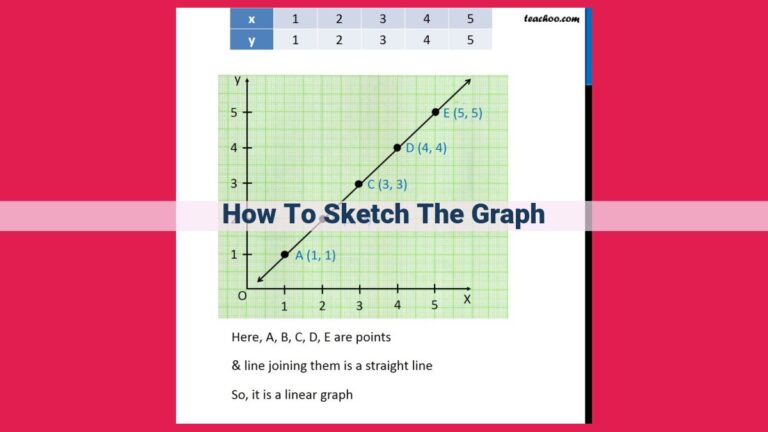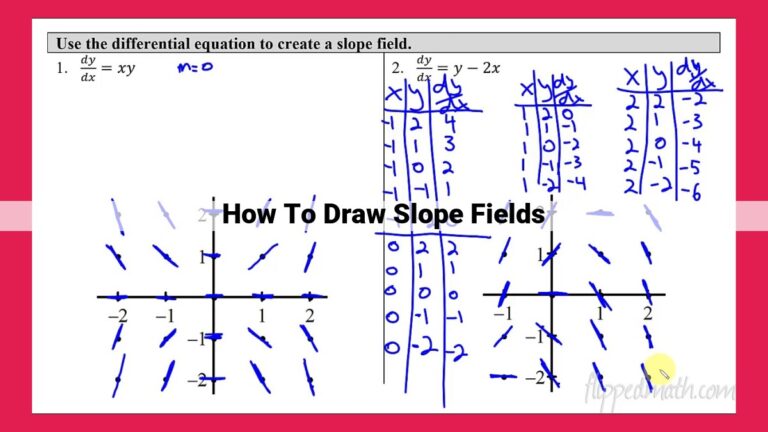Determining Magnetic Field Direction: Right-Hand Rule, Ampere’s Law, And Biot-Savart’s Law

To determine the magnetic field direction, you can use the right-hand rule. For straight wires, point your thumb in the direction of current flow and curl your fingers; the direction of your fingers indicates the direction of the magnetic field. For current-carrying coils, grasp the coil with your right hand so that your fingers point in the direction of current flow; your thumb points in the direction of the magnetic field inside the coil. Alternatively, Ampere’s circuital law and Biot-Savart’s law provide mathematical methods to calculate the magnetic field based on the current and wire configuration.
Understanding Magnetic Fields
Magnetic fields are invisible forces that surround magnets and current-carrying wires. They exert force on other magnets and moving charges, making them a fundamental part of our understanding of electricity and magnetism.
Magnetic fields are generated by the movement of electric charges, creating a force that influences nearby objects. Magnets possess a permanent magnetic field, while electric currents generate a temporary magnetic field. These fields are invisible to the naked eye, but their presence can be detected through their effects on other objects.
For instance, when a magnet is brought near a metallic object, the magnetic field of the magnet exerts a force on the electrons within the metal. This force causes the electrons to align themselves with the magnetic field, creating a temporary magnet within the metal. As a result, the metal becomes attracted to the magnet. Similarly, when an electric current flows through a wire, it generates a magnetic field that can attract or repel other current-carrying wires.
Understanding magnetic fields is crucial for various applications in our daily lives. From electric motors and generators to MRI machines, magnetic fields play a vital role in many technologies. By harnessing the power of magnetic forces, we can create devices that improve our lives and advance our understanding of the world around us.
The Right-Hand Rule: Navigating Magnetic Fields
Understanding magnetic fields can be like venturing into uncharted territory; they’re invisible, yet incredibly powerful. Just like how a compass points north due to the Earth’s magnetic field, there’s a secret trick to determining the direction of a magnetic field created by electric currents: the right-hand rule.
Rule 1: Straight Wires
Imagine a straight wire carrying current. If you point your right thumb in the direction of the current flow, your curled fingers will wrap around the wire indicating the direction of the magnetic field.
Example: Suppose current flows from right to left in a wire. Point your right thumb left, and your fingers curl upwards, showing that the magnetic field circles the wire counterclockwise.
Rule 2: Coils
Now, let’s explore coils, loops of wire that create even stronger magnetic fields. This time, wrap your fingers around the coil in the direction of the current flow. Your thumb will point in the direction of the magnetic field inside the coil.
Example: Trace your fingers clockwise around a coil where current flows the same way. Your thumb will point upwards, indicating that the magnetic field inside the coil is upwards.
Armed with these right-hand rules, you now have the compass to navigate the invisible world of magnetic fields created by electric currents.
Ampere’s Circuital Law: Unraveling the Connection Between Magnetic Fields and Current
Understanding the Magic of Magnetic Fields
Imagine an invisible force lurking around magnets and electrical currents, shaping the space around them. These unseen entities are known as magnetic fields, and they possess the uncanny ability to exert a powerful influence on magnets and currents alike.
Ampere’s Circuital Law: A Guiding Light
Enter the brilliant mind of André-Marie Ampère, a French physicist who, in 1820, proposed a groundbreaking law that connects magnetic fields to the flow of current. Known as Ampere’s circuital law, it serves as a guiding light in understanding the intricate relationship between these two phenomena.
The Mathematical Equation: A Precise Formula
The mathematical equation that encapsulates Ampere’s circuital law is a powerful tool in the hands of physicists and engineers. It states that the magnetic field (B) created by a current-carrying wire is proportional to the current (I) flowing through the wire and inversely proportional to the distance (_r) from the wire:
_**B**_ = _**μ₀**_*I*_ /*r*
where μ₀ is the permeability of free space, a constant value that describes the magnetic properties of the vacuum.
Discovering the Current-Magnetic Field Connection
Ampere’s circuital law provides a crucial insight into the connection between current and magnetic fields. It tells us that the circulation of the magnetic field B around any closed loop is equal to the_** total current**_ flowing through the area enclosed by that loop:
∮_**B**_.dl = _**μ₀**I
Example: Unlocking the Magnetic Field of a Solenoid
To illustrate the power of Ampere’s circuital law, consider a solenoid, a coil of wire with a current flowing through it. By applying the law to a circular loop around the solenoid, we find that the magnetic field inside the solenoid is proportional to the number of turns of the wire and the current flowing through it:
_**B**_ = _**μ₀**_*nI*_
where n is the number of turns per unit length of the solenoid.
Ampere’s Legacy: A Cornerstone of Electromagnetism
Ampere’s circuital law stands as a cornerstone of electromagnetism, providing a solid foundation for understanding the intricate relationship between magnetic fields and currents. From basic circuits to complex electronic devices, it remains an indispensable tool for unraveling the invisible forces that shape our electrical world.
Biot-Savart’s Law: Magnetic Field from Finite Wires
- Introduce Biot-Savart’s law as a means to calculate magnetic fields from finite wires.
- Explain the mathematical equation and its components.
- Provide an example of using the law to determine the magnetic field at a point.
Biot-Savart’s Law: Unraveling the Secrets of Magnetic Fields from Finite Wires
In the realm of physics, where mysterious forces dance, magnetic fields hold a captivating secret. They are invisible entities that permeate space, guiding the behavior of magnets and currents with an ethereal touch. One fundamental law that unveils the mysteries of magnetic fields is Biot-Savart’s Law.
Biot-Savart’s Law: A Precise Equation
Imagine a finite wire carrying an electric current, like a tiny river of charged particles flowing through a slender channel. Biot-Savart’s Law provides a precise mathematical equation that relates the magnetic field generated by this wire to its physical characteristics.
dB = (μ₀/4π) * (Idl x r) / r^3
- μ₀ is the magnetic constant, a fundamental constant of nature.
- I is the current flowing through the wire.
- dl is a tiny segment of the wire.
- r is the distance from the wire segment to the point where the magnetic field is being measured.
Breaking Down the Equation
This equation can be broken down into three key components:
- (Idl x r)/r^3: This vector quantity represents the direction and strength of the magnetic field at a given point. It is perpendicular to both the wire segment and the vector pointing from the wire to the point.
- (μ₀/4π): This constant factor scales the magnetic field strength according to the magnetic constant.
Practical Applications: Calculating the Field
Biot-Savart’s Law empowers us to calculate the magnetic field at any point in space due to a finite wire. By dividing the wire into tiny segments, summing up the contributions of each segment, and integrating over the entire wire length, we can determine the total magnetic field.
Example: Magnetic Field of a Straight Wire
Consider a long, straight wire carrying a current. Using Biot-Savart’s Law, we can determine the magnetic field at a point a distance d from the wire:
B = (μ₀/4π) * (I / d)
This equation reveals that the magnetic field is proportional to the current and inversely proportional to the distance from the wire.
Biot-Savart’s Law is an essential tool for understanding and calculating magnetic fields. It provides a precise mathematical framework that enables us to explore the hidden forces that shape the behavior of magnets and currents in our world. Whether you’re a physics enthusiast or a curious explorer of the natural world, Biot-Savart’s Law offers a glimpse into the captivating mysteries of magnetic fields.





